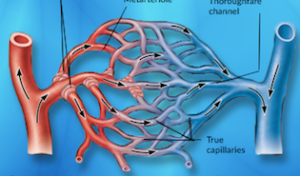


The Vascular Shunt
The DoD lacks a vascular shunt specifically designed to address extremity blood vessel trauma. Temporary shunts currently employed by DoD medics to treat combat-related vascular injuries suffer from several deficiencies and have resulted in loss of warfighter life and limb. To address this operational gap, the Joint Trauma System (JTS) submitted to the Defense Health Agency (DHA) Research Development and Acquisition (RDA) director a letter on February 9, 2015 stating the trauma shunt is an urgent operational medical need. In response, the Air Force Medical Service (AFMS) approved and signed a Capabilities Development Document (CDD) for the vascular shunt on March 18, 2015.
To address this urgent medical need, researchers at the 59th Medical Wing at Joint Base San Antonio-Lackland, TX designed a vascular shunt that enables trained surgeons to insert the shunt, which supports limb saving to a warfighter’s injured extremity following a complex trauma-related vascular injury. The new vascular shunt will provide a safer, more effective capability to restore perfusion in the affected body areas and can remain implanted for up to 24 hours until the patient can be transported to a higher echelon of care. Once safely transported to a medical treatment facility, the vascular shunt is removed and permanent vascular repair can be accomplished.
The device is ready for Food and Drug Administration (FDA) approval as a class II medical device for use in saving warfighter lives and limbs. The MHRF will provide advanced development support to the AFMSA to assist in successful transition of the vascular shunt to the target users of DoD trauma surgeons, general surgeons, and surgical technicians who will use this capability in forward surgical hospital and trauma settings as well as civilian trauma centers with military affiliations to obtain data needed for regulatory pathway requirements.
